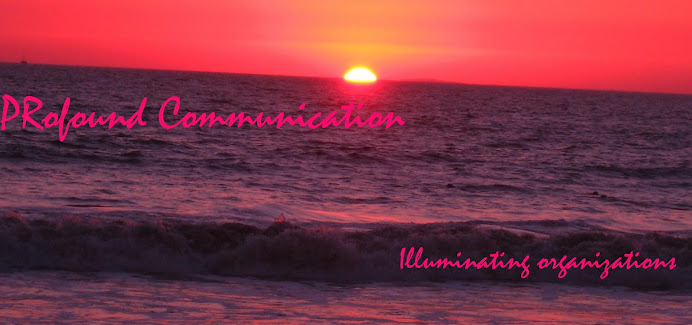Everyone likes to feel good about what they do. Americans value volunteerism, supporting others and giving back. It should come as no surprise that corporate America wants to follow suit. We might not have caught on to the “free trade” trend or going green or grasping our carbon footprint, but giving back resonates. This nation has not been sufficiently taught the joy of social responsibility. The challenge for public relations professionals remains, marketing the brand of csr.
 Oprah holds more power over mainstream middle American than anyone else and certainly more than most realize. She has gone from show host extraordinaire to reality star diva. The premise of her new primetime gig, addresses giving back to communities and those in need. “The Big Give” puts serving above the bottom line and shows this country inadvertently the importance of corporate social responsibility.
Oprah holds more power over mainstream middle American than anyone else and certainly more than most realize. She has gone from show host extraordinaire to reality star diva. The premise of her new primetime gig, addresses giving back to communities and those in need. “The Big Give” puts serving above the bottom line and shows this country inadvertently the importance of corporate social responsibility.
As the Tide, Swiffer and Playschool ads ran in reel, the target market for Oprah’s midday show was obvious. Interestingly enough, there was a particular advertisement that caught my eye. About halfway through the show, a brightly colored, nature inspired, very clean image appeared on the screen. It came as a huge surprise when the voiceover said, “to see more ways we give back visit target.com/community.” The Target brand holds highly recognizable advertizing campaigns: edgy, avant-garde, bright and mirrored. This new approach intrigued.
through the show, a brightly colored, nature inspired, very clean image appeared on the screen. It came as a huge surprise when the voiceover said, “to see more ways we give back visit target.com/community.” The Target brand holds highly recognizable advertizing campaigns: edgy, avant-garde, bright and mirrored. This new approach intrigued.
As the Tide, Swiffer and Playschool ads ran in reel, the target market for Oprah’s midday show was obvious. Interestingly enough, there was a particular advertisement that caught my eye. About halfway
The DO GOOD campaign promotes giving 5 percent of Target's weekly income to supporting education, social services and the arts. The website also allows for consumers to find additional information on the power of serving and making a difference.
The mass-production discount stores such as Target and Walmart carry a huge elephant on their back in relation to csr, less we forget Kathy Lee Gifford. Marketing and PR professionals acknowledge the power of targeting to the true consumer, the “mama.”
With the buy in support of Oprah’s audience nationwide the concept of csr will multiply exponentially. The challenge remains, in a nation that is resistant and slow to change, catch on to the concept before it’s too late.
The mass-production discount stores such as Target and Walmart carry a huge elephant on their back in relation to csr, less we forget Kathy Lee Gifford. Marketing and PR professionals acknowledge the power of targeting to the true consumer, the “mama.”
With the buy in support of Oprah’s audience nationwide the concept of csr will multiply exponentially. The challenge remains, in a nation that is resistant and slow to change, catch on to the concept before it’s too late.


